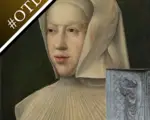
#OTD in Tudor history events for today include the birth of an influential woman, the printing of an important book and a burning.
Here are a few events that took place on 10th January in the reigns of the Tudor kings and queens…
[Read More...]
#OTD in Tudor history events for today include the birth of an influential woman, the printing of an important book and a burning.
Here are a few events that took place on 10th January in the reigns of the Tudor kings and queens…
[Read More...]
What happened on this day in Tudor history?
Well, lots!
Let me share with you some of the events from 9th January in the reigns of the Tudor kings and queens…
[Read More...]
Henry Clifford, 2nd Earl of Cumberland, died on this day in Tudor history, 8th January 1570, at his home, Brougham Castle.
There is a rather strange story concerning this Earl of Cumberland, which I share in this video on him:
[Read More...]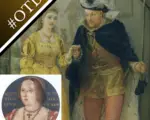
What happened on this day in history, 8th January, in Tudor times?
Let me share with you some of the events that took place on this day in the reigns of the Tudor kings and queens…
[Read More...]
What happened on this day in Tudor history?
Lots!
Find out more about this day in the Tudor period…
[Read More...]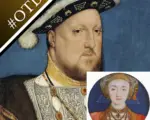
What happened on this day in history, 6th January, in the Tudor period?
Here are some event from 6th January in the reigns of the Tudor monarchs…
[Read More...]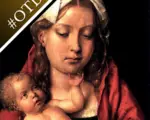
What happened on this day in Tudor history, 5th January, in Tudor times?
Let me share with you some events from 5th January during the reigns of the Tudor kings and queens…
[Read More...]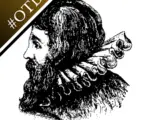
What happened on this day in Tudor history?
Let me share with you some events from 4th January during the reigns of the Tudor kings and queens…
[Read More...]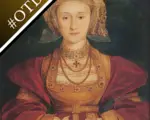
What happened on this day in Tudor history? Let me share with you some events from 3rd January during the reigns of the Tudor monarchs…
1521 – Pope Leo X issued the papal bull Decet Romanum Pontificem excommunicating reformer, German priest and professor of theology Martin Luther from the Catholic Church. See below.
1540 – Official reception of Anne of Cleves at Greenwich Palace. See below.
1541 – Anne of Cleves visited Hampton Court Palace to greet her former husband, Henry VIII, and his new wife, Catherine Howard, and to exchange New Year’s gifts.

What did medieval and Tudor people do on Christmas Eve? What were the traditions associated with this day?
Find out in this short video…
[Read More...]
Turkey is popular in the UK at Christmas, but what meats did the Tudors enjoy on Christmas Day?
Find out in this short video…
[Read More...]
How can you avoid goblins in your house?
Well, it’s all to do with when you take down your Christmas decorations…
[Read More...]
Ale was the staple drink of the medieval and Tudor periods, but how was it made?
Find out more in this video…
[Read More...]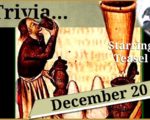
What kinds of drinks would the Tudors have enjoyed over the Twelve Days of Christmas?
Find out in this short video…
[Read More...]
Just how do you pronounce Belvoir or Cholmondeley?
Well, not as you’d think!
Hear some examples rather counter-intuitive pronunciations in today’s video.
[Read More...]
Elizabethan courtiers paid tribute to their queen, Elizabeth I, by dyeing their hair and beards red.
However, the recipe they used for the dye may not have been at all safe!
[Read More...]
Advent and Lent were fasting periods, times when a medieval and Tudor person was supposed to abstain from eating meat.
However, the Tudors did get rather creative and cheated.
Find out more in this talk…
[Read More...]
Henry VIII’s flagship, the Mary Rose, sank in 1545 with her crew and the ship’s dog, Hatch.
Find out more about Hatch and what he was doing on board The Mary Rose…
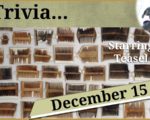
How did Tudor people care for their hair? Did the Tudors wash their hair? Did they use shampoo?
Let me explain a bit about Tudor haircare…
[Read More...]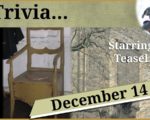
How did Tudor people go to the bathroom? What were Tudor toilet facilities like?
Find out in this short video…
[Read More...]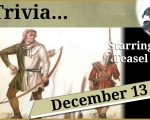
It’s very interesting looking at causes of death in the Tudor period, morbid but interesting. Sometimes, I’m surprised by the silly accidents that Tudor people, and I share some of those in this short video…
[Read More...]
Today, we have toothpaste, mouthwash, floss and all sorts of gadgets to help us keep pour teeth clean and healthy, but how did the Tudors clean their teeth?
Find out more in this short video…
[Read More...]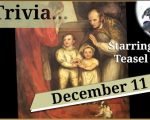
Today is the anniversary of the discovery of the remains of Anne Mowbray in 1964. Anne was the bride of Richard, Duke of York, the younger of the Princes in the Tower, and her story is fascinating.
Find out more about her in this video…
[Read More...]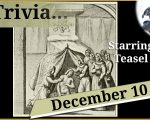
How did Tudor people clean and care for their bodies, and were they really dirty and smelly?
Find out in this short video…
[Read More...]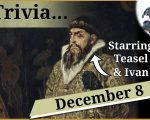
Queen Elizabeth I and the Russian leader Ivan the Terrible had a rather volatile relationship. Find out more about it in this short video…
[Read More...]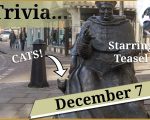
In today’s Advent treat, I’m sharing a Teasel’s Tudor Trivia video about a tradition today that goes back to Cardinal Wolsey’s time, in the reign of King Henry VIII, and which concerns cats.
[Read More...]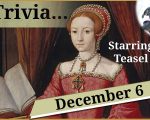
For today’s Advent treat, I thought I’d share this Teasel’s Tudor Trivia video about a very strange legend concerning Elizabeth I – The Bisley Boy Legend.
[Read More...]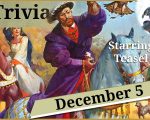
In “The Tudors” series, Henry VIII had a rather nasty accident and nearly drowned. This actually happened while the king was oput hawking in 1525.
Let me tell you more about it.
[Read More...]